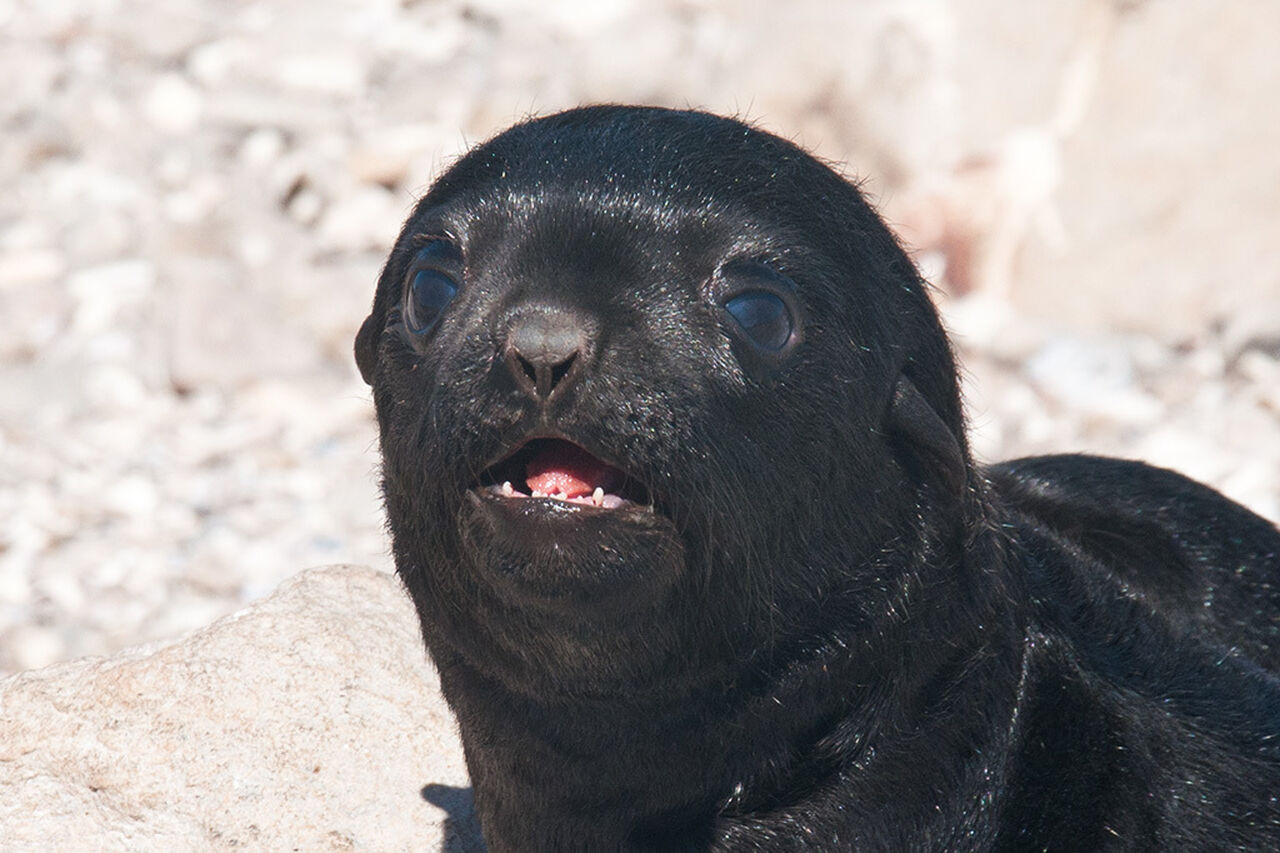If you live near the coast, you likely know seals. Whether it's Cape Town's local Cape fur seal colonies, or another species somewhere more exotic, seals are remarkable - and not just for the "sea dog" shenanigans.
1. Some seals are earless. Yes, you heard that right…
Capetonians will be forgiven for thinking that all seals have ears like our locals do, but that's not the case at all! There are two main families of seals: earless (a.k.a. "true" seals) and eared seals (a.k.a. fur seals or sea lions). Earless seals, such as the leopard seal, lack the external parts of their ears while retaining a functional inner ear. This is an adaptation to the colder environments in which this family of seals lives. Eared seals, such as our Cape fur seals, have external ear flaps and several other adaptations that suit them to spending more time on land.
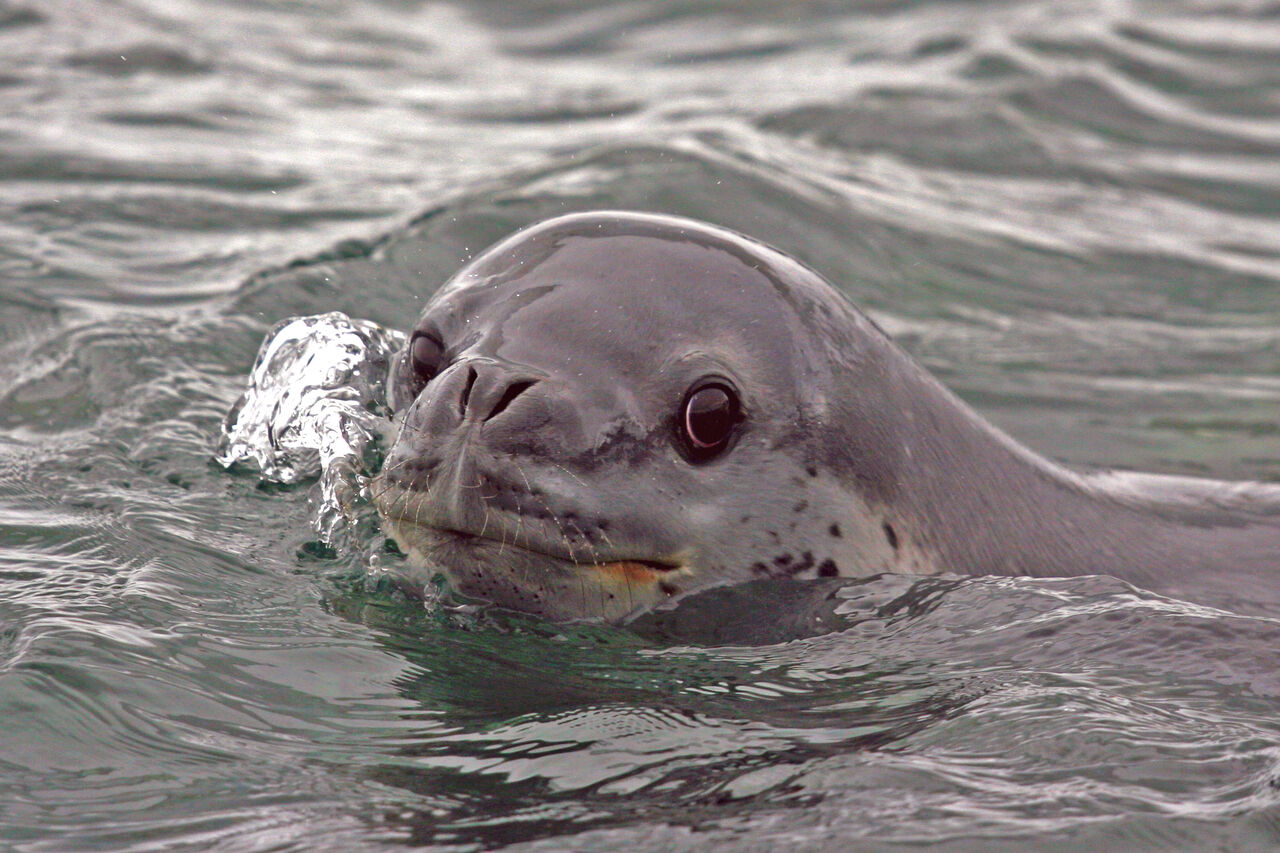
2. Cape fur seals are their own subspecies
Our local seals are just one subspecies of the larger "brown fur seal" species. Cape fur seals (Arctocephalus pusillus pusillus) are the larger of the two and are found on the coasts of South Africa, Namibia and Angola. The smaller Arctocephalus pusillus doriferus are are limited to Australia's Victorian coast and Tasmania. The South African seals eat mostly fish, while the Australian seals prey mostly on squid.
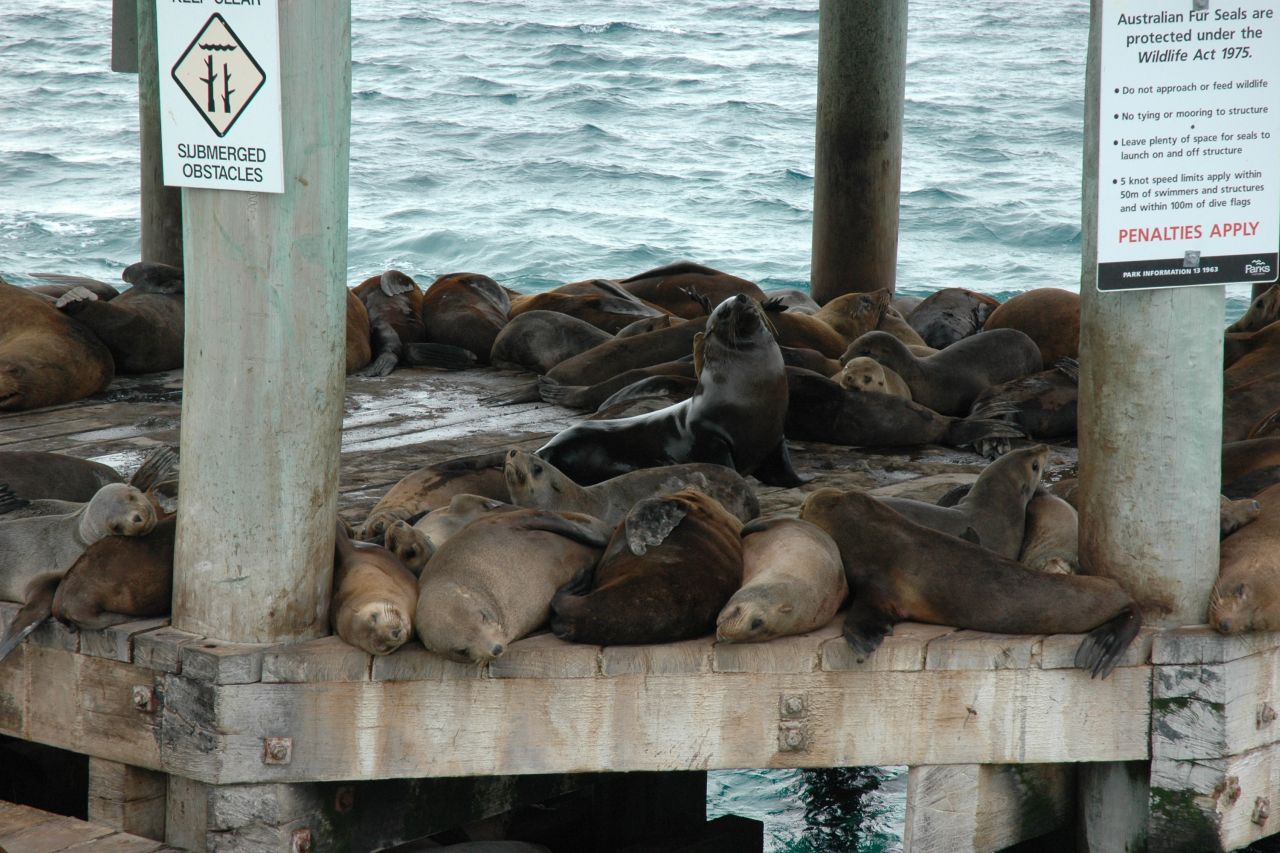
3. Seals can sleep in the water
On land, Cape fur seals sleep like anyone else – they snooze, snore, and occasionally, grumpily open an eye to check for nearby predators. In the water, their way of sleeping is like that of dolphins; they can shut down different parts of their brains at different times so that they can always paddle and stay with their hunting party. Their insulating layer of blubber helps them to stay afloat with minimal effort. This adaptation is especially important for the true seals, which spend proportionately more time in the open ocean than land-loving fur seals.
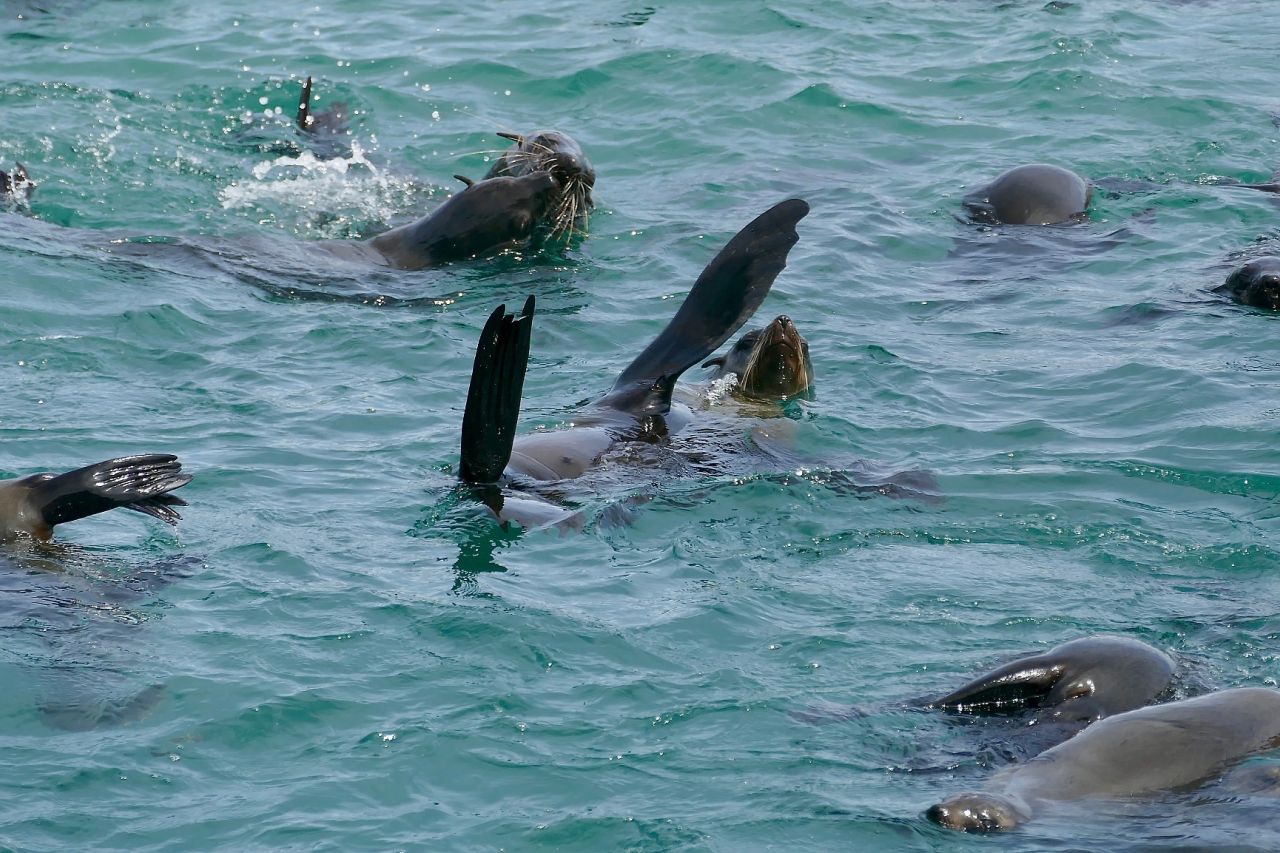
4. Seal pups are strictly landlubbers for their first few months
For the first six months or so, Cape fur seal pups will be fed with their mother’s milk, spending this entire period on land. Seal pups are born without insulating fat or blubber, so cannot enter our cold Cape waters. Cape fur seal mothers alternate between hunting for a week at sea and caring for their pups for a few days on land. Not to worry, as seal pups have been seen forming groups and playing while waiting for their mothers to return!
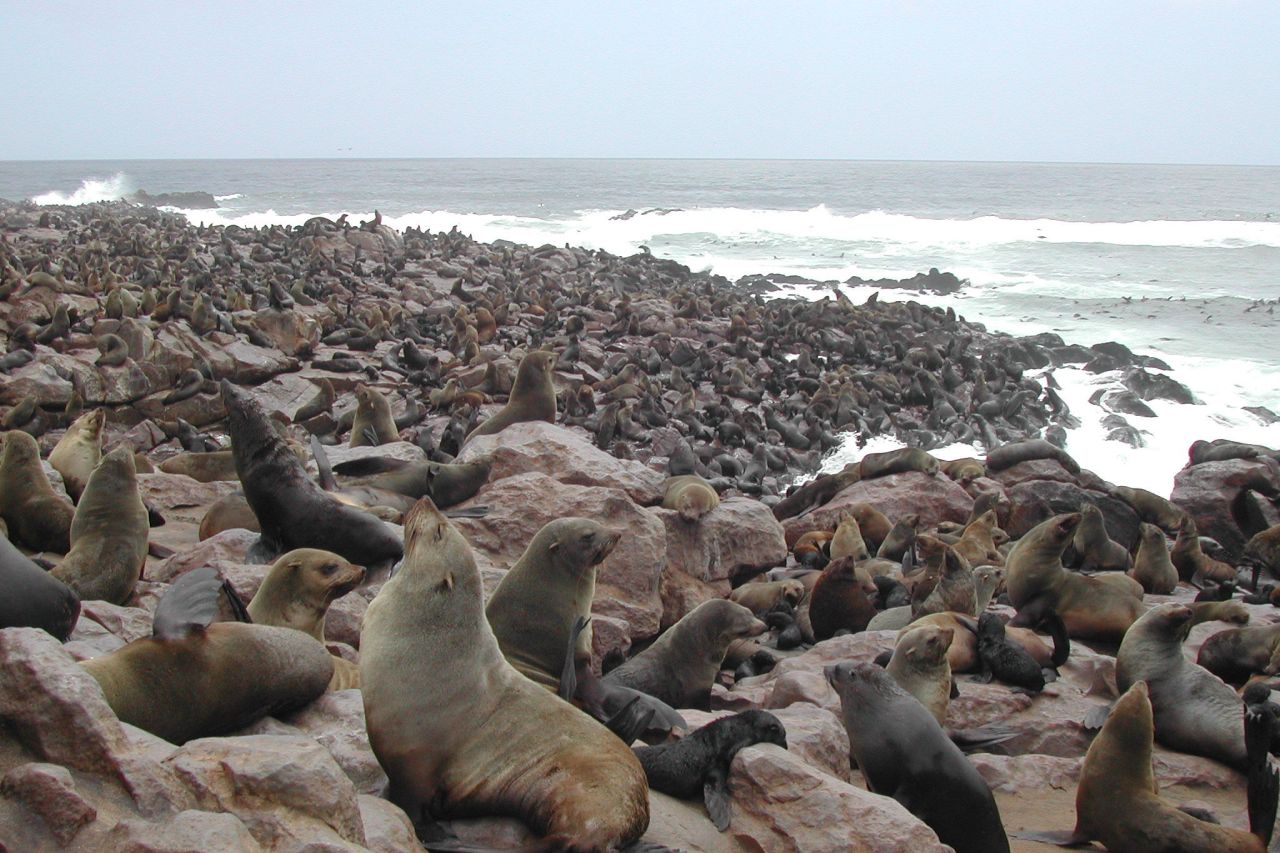
5. Cape fur seals change colour
Unlike the brown fur of adult Cape fur seals, pups are born pitch black and will become grey as they moult within the first few months of their lives. After about a year, the pups become a silvery-grey colour before they grow into their adult brown coat.
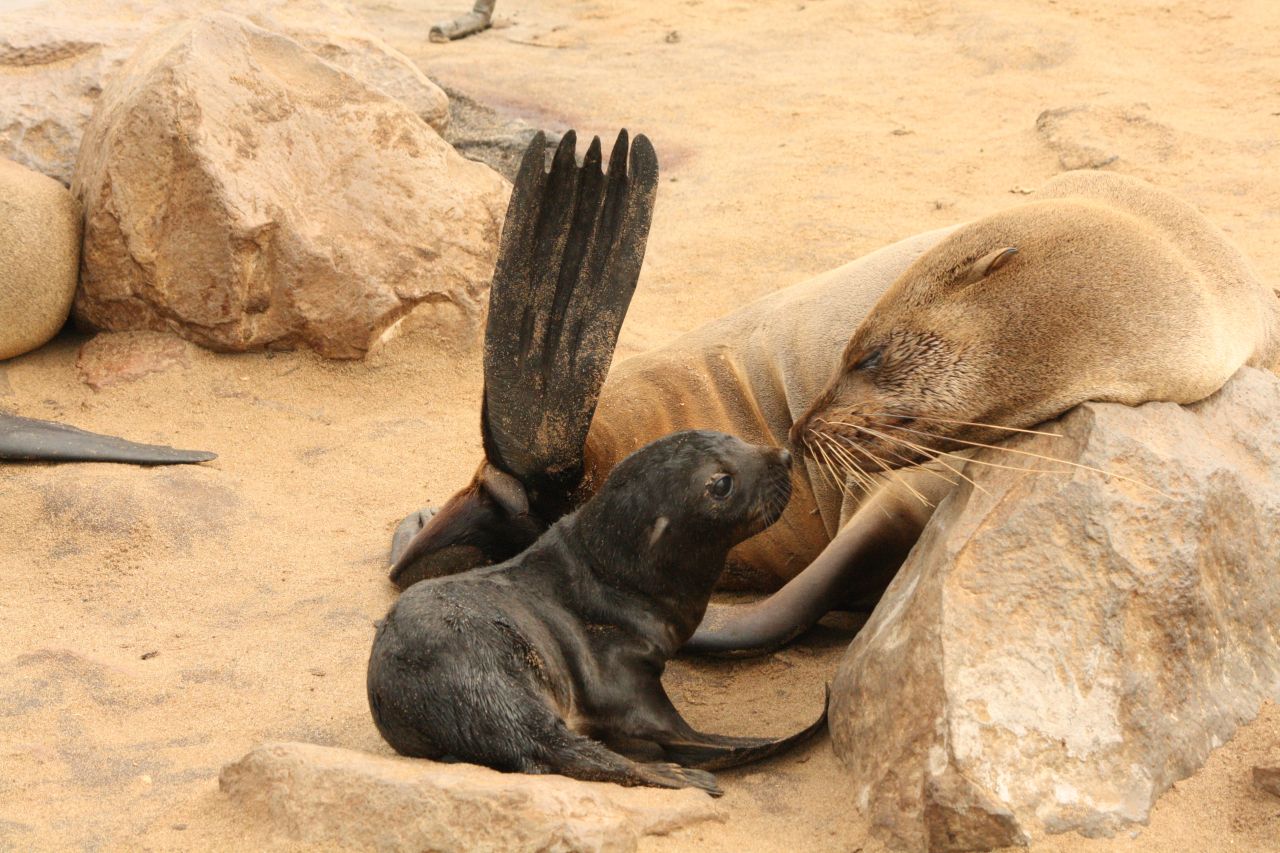
6. Amazing underwater eyesight
Seals’ eyes are adapted for underwater vision. They have round lenses, like fish, and a large iris that fully opens underwater, allowing in more light and giving them a huge advantage at depth. Their eyes are also well-suited to darker conditions, with a lining that reflects and amplifies low light at depth in the ocean - this is called a tapetum lucidum and is the same lining that appears to make the eyes of a cat glow.
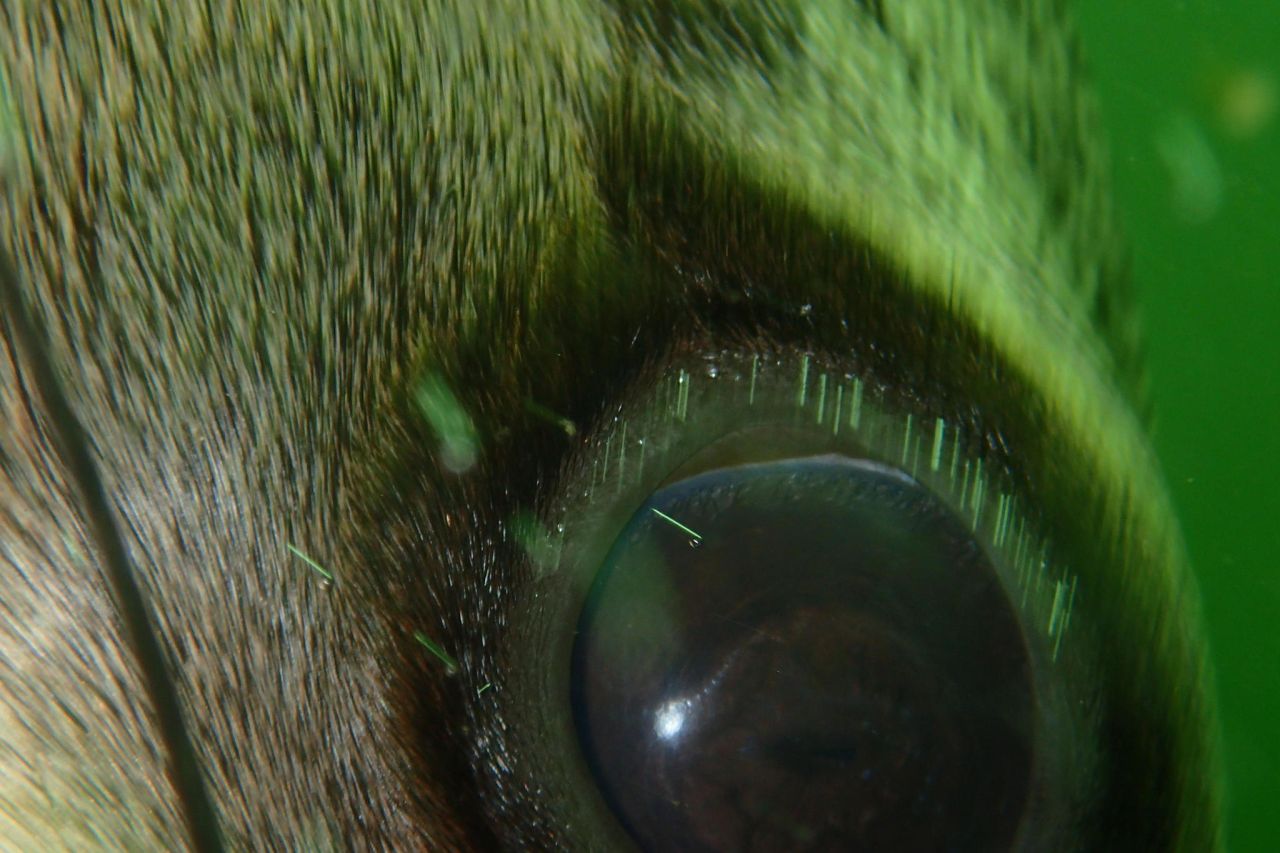
7. It comes with the territory (but requires fasting)
Cape fur seals display a large degree of sexual dimorphism - meaning that males are significantly larger than females. Males grow to about 350kg, while females only reach about 150kg. In October, males use their size to establish control over territory on land and fend off competing males. While waiting for the females, males fast for up to six weeks – this is where their bulk comes in handy, as they have the reserves to keep watch on the competition.
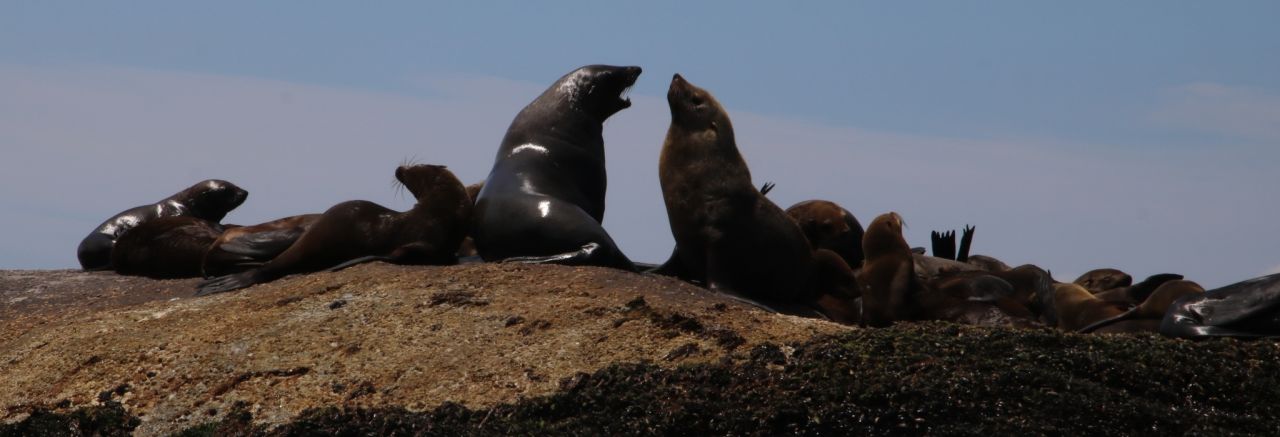
8. Some seals can gallop
Besides their external ears, Cape fur seals’ flippers are also very different to those of “true seals”. They have large fore flippers and their hind flippers are not connected to the pelvis, allowing them to rotate forward. These adaptations give all eared seals the ability to walk and gallop on land, hear the direction of sound in the air, and swim and manoeuvre more powerfully than true seals. These adaptations are perfect for a lifestyle that involves catching agile prey, or avoiding predators on land and in shallow waters.
True seals though... should probably stick to the water.
9. Seals are not picky eaters
In recent years, because of overfishing, Cape fur seals have had to adapt their diets away from their usual prey of small fatty fish (which humans tend to enjoy too). Often, they learn to specialise in alternative foods like octopuses, rays, crayfish, and even small sharks. Generally, seals will hunt as a group when targeting large schools of fish, but alone when pursuing scarce or solitary prey.
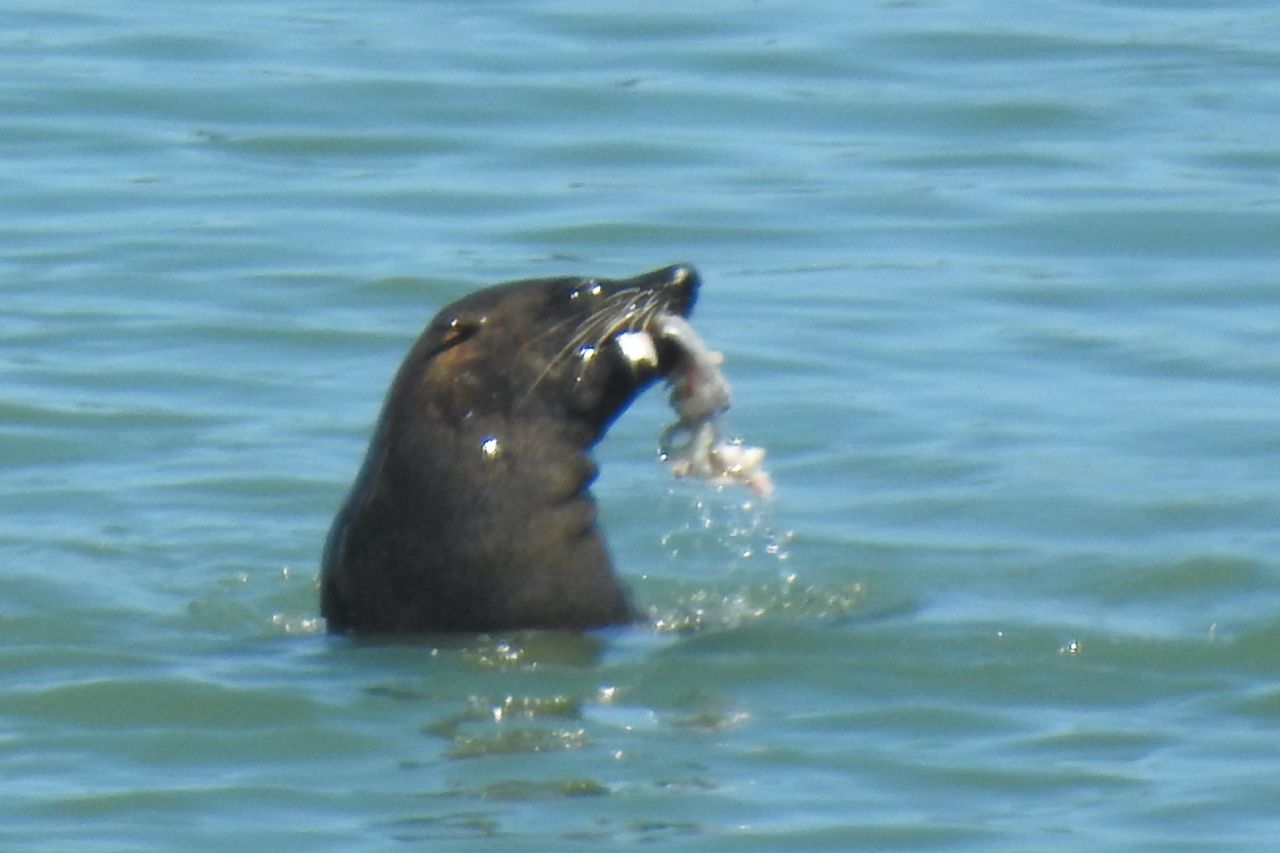
10. Maturity comes slowly for seals…
After a year, Cape fur seal pups have gained about as much independence as full-fledged adults. Females will reach sexual maturity at about three or four years of age, and males at four or five years. However, these small males rarely mate, and usually only reproduce at an age of about 10 years. Overall, they can reach upwards of 21 years of age!
Related News
Sign up to our Newsletter
Receive monthly news, online courses and conservation programmes.
